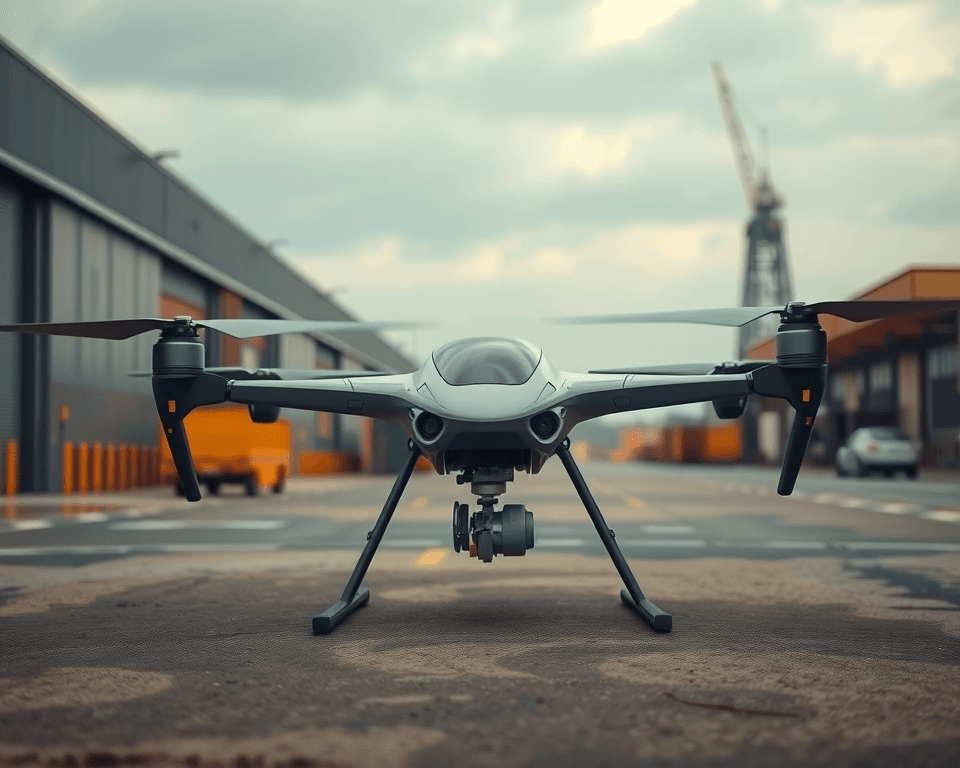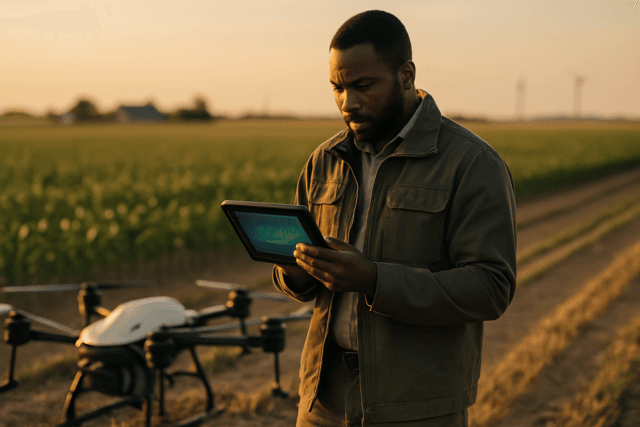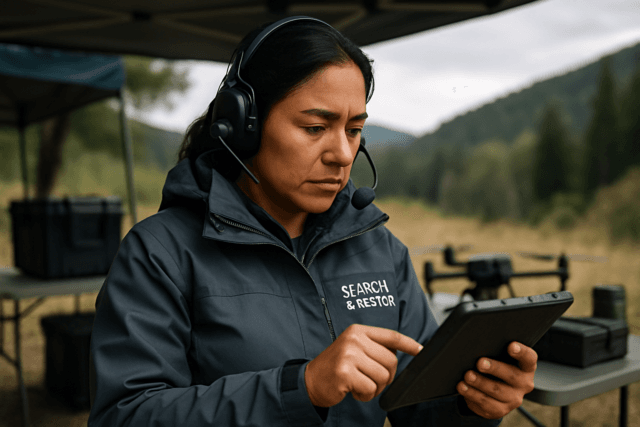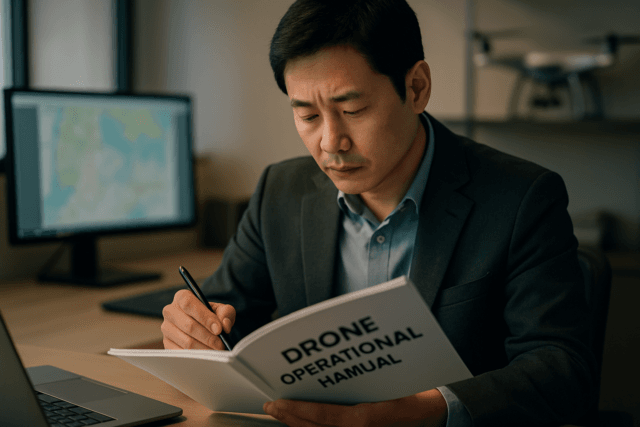The UK government has pledged over £20 million to propel the electric vertical take-off and landing (eVTOL) and uncrewed aerial vehicle (UAV) industries into the future. This commitment underscores the UK’s ambition to establish itself as a global leader in advanced aviation technology, promising to revolutionize transportation, public services, and various sectors across the country.
Aiming for the Skies: UK’s Ambitious Plan
The funding will be divided between the UK Civil Aviation Authority (CAA) and the Future Flight Challenge program. The CAA is set to receive £16.5 million in the 2025 financial year to implement a regulatory program that supports the development of both technologies. The Future Flight Challenge will receive up to £5 million from the Department for Transport (DfT) and Innovate UK to help turn the new technologies into profitable businesses.
The initiative aims to break down barriers to growth and maximize opportunities for better and cheaper public services, driving innovation and economic expansion.
Key Objectives and Initiatives
The UK government’s investment targets several key objectives, including:
- Regulatory Framework: Establishing a “nimble regulatory environment” to accelerate the integration of drones and flying taxi industries.
- Industry Collaboration: Fostering collaboration between tech experts, drone operators, flying vehicle manufacturers, and local communities.
- Technological Advancement: Supporting the development and commercialization of cutting-edge aviation technologies.
- Public Service Enhancement: Advancing aviation tech to support healthcare, assist police forces, inspect critical infrastructure, and unlock delivery services.
To achieve these goals, the government plans to implement several initiatives:
- eVTOL Roadmap: Publishing a piloted eVTOL roadmap to establish a clear path toward commercial air taxi services by 2028.
- Drone Pathways: Developing standardized “drone pathways” to streamline regulatory approvals and operational procedures.
- Uncrewed Traffic Management (UTM): Consulting on UTM and Detect and Avoid (DAA) technologies to ensure safe coexistence between crewed and uncrewed aircraft.
- Regulatory Reforms: Implementing regulatory reforms to foster innovation, simplify approvals, and encourage the commercialization of drones and eVTOL aircraft services.
The Future of Flight Industry Group
To support the implementation of the plan, the government has formed the Future of Flight Industry Group, co-chaired by Aviation Minister Mike Kane and Duncan Walker, CEO of Skyports. This group brings together flying vehicle innovators and local authorities to advise on unlocking the benefits of future aviation technologies.
Industry Reactions and Perspectives
The funding announcement has been met with positive reactions from industry leaders. Stuart Simpson, CEO of Vertical Aerospace, praised the move, stating that the UK has an incredible opportunity to lead the world in this new era of aviation. Duncan Walker, CEO of Skyports, emphasized that this investment will accelerate the development and deployment of innovative flight technologies.
Potential Benefits Across Sectors
The UK government envisions a wide range of potential benefits from the integration of eVTOLs and UAVs across various sectors:
- Healthcare: Delivery of medical supplies, faster transport of patients in emergencies.
- Law Enforcement: Assisting police forces in combating crime, surveillance, and reconnaissance.
- Infrastructure: Inspection and surveying of critical infrastructure, such as bridges, power lines, and pipelines.
- Logistics: Unlocking delivery services for businesses and communities, enabling faster and more efficient transportation of goods.
Challenges and Considerations
While the UK government’s investment is a significant step forward, several challenges and considerations remain:
- Regulatory Hurdles: Streamlining regulations and ensuring a flexible regulatory environment to support innovation and commercialization.
- Technological Development: Overcoming technological challenges related to battery technology, autonomous flight systems, and air traffic management.
- Infrastructure Development: Building the necessary infrastructure, such as vertiports and charging stations, to support eVTOL and UAV operations.
- Public Acceptance: Addressing public concerns about safety, noise, and privacy to ensure widespread acceptance of these new technologies.
The UK’s Position in the Global AAM Landscape
With this investment, the UK government aims to position the country at the forefront of advanced air mobility (AAM) development. By fostering innovation, simplifying regulatory pathways, and supporting industry adoption, the UK seeks to accelerate the transition from experimental trials to widespread deployment of eVTOLs and drones.
However, some experts suggest that the £20 million funding is a relatively small amount compared to the investments being made by other countries in the AAM sector. To truly lead the eVTOL and drone industries, the UK may need to consider significantly increasing its financial commitment.
Conclusion
The UK government’s £20 million investment in eVTOL and UAV industries is a bold step towards realizing the vision of a future where advanced aviation technologies transform transportation, public services, and various sectors. While challenges remain, this commitment signals the UK’s determination to be a global leader in the AAM revolution, driving innovation, economic growth, and improved quality of life for its citizens.





